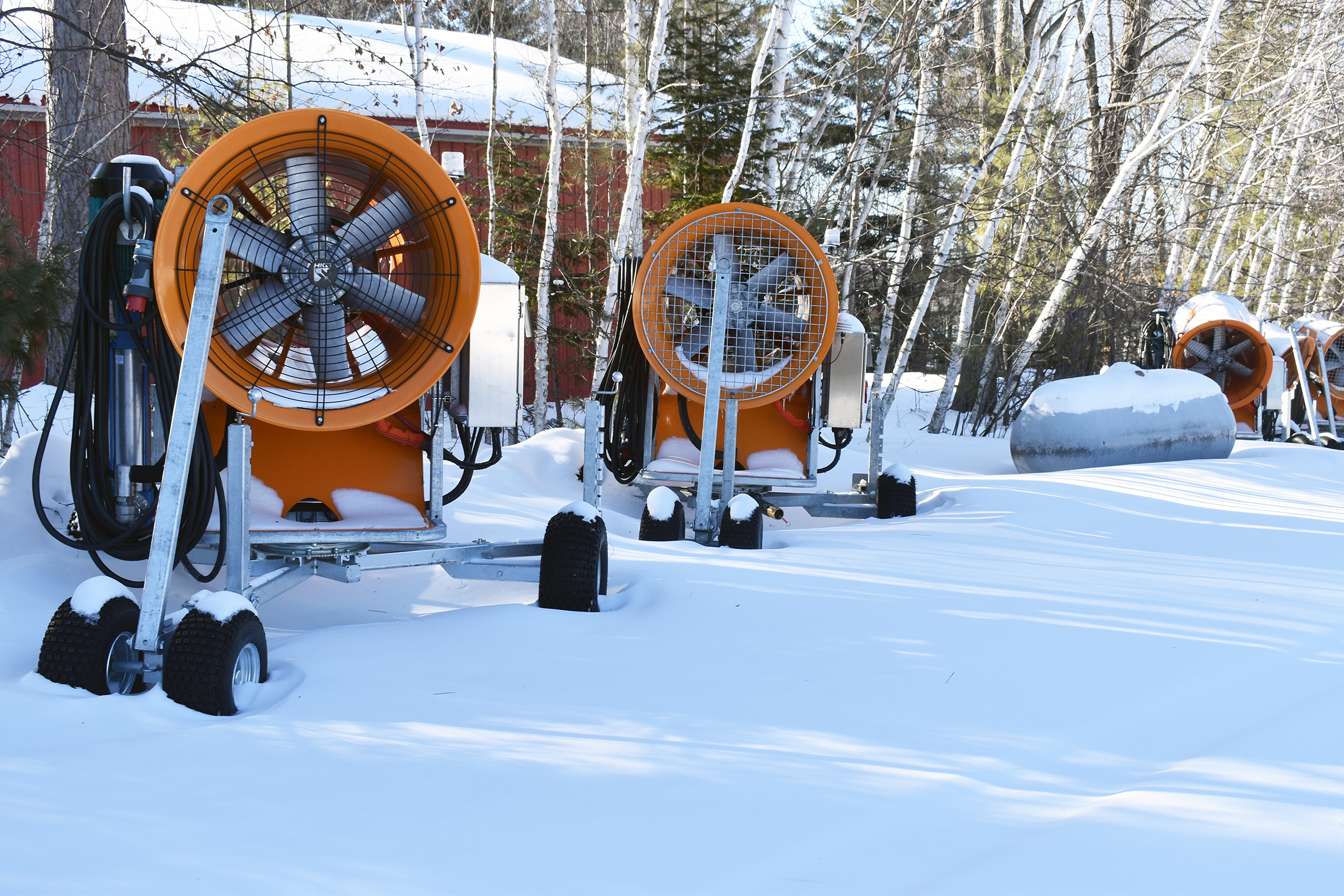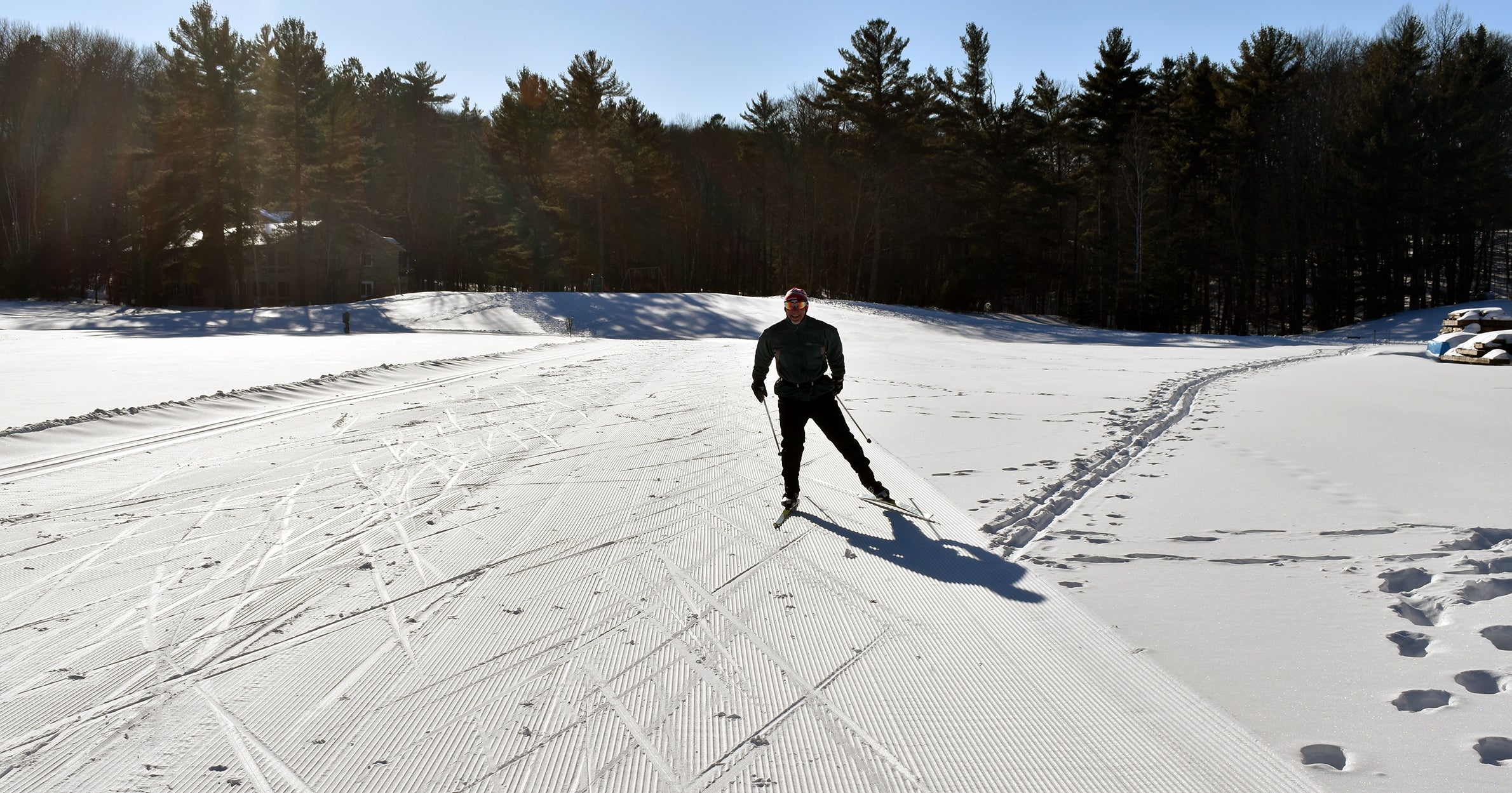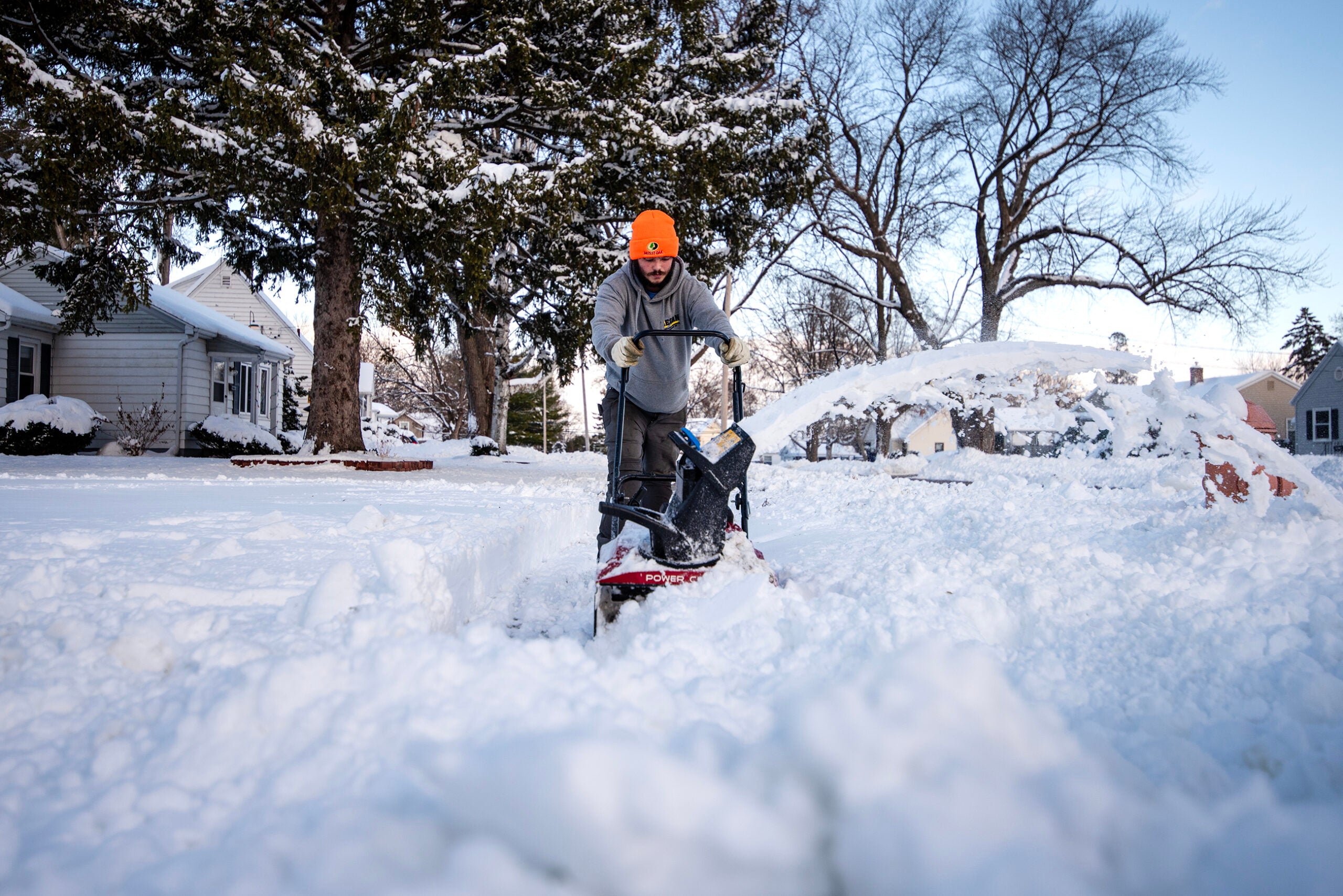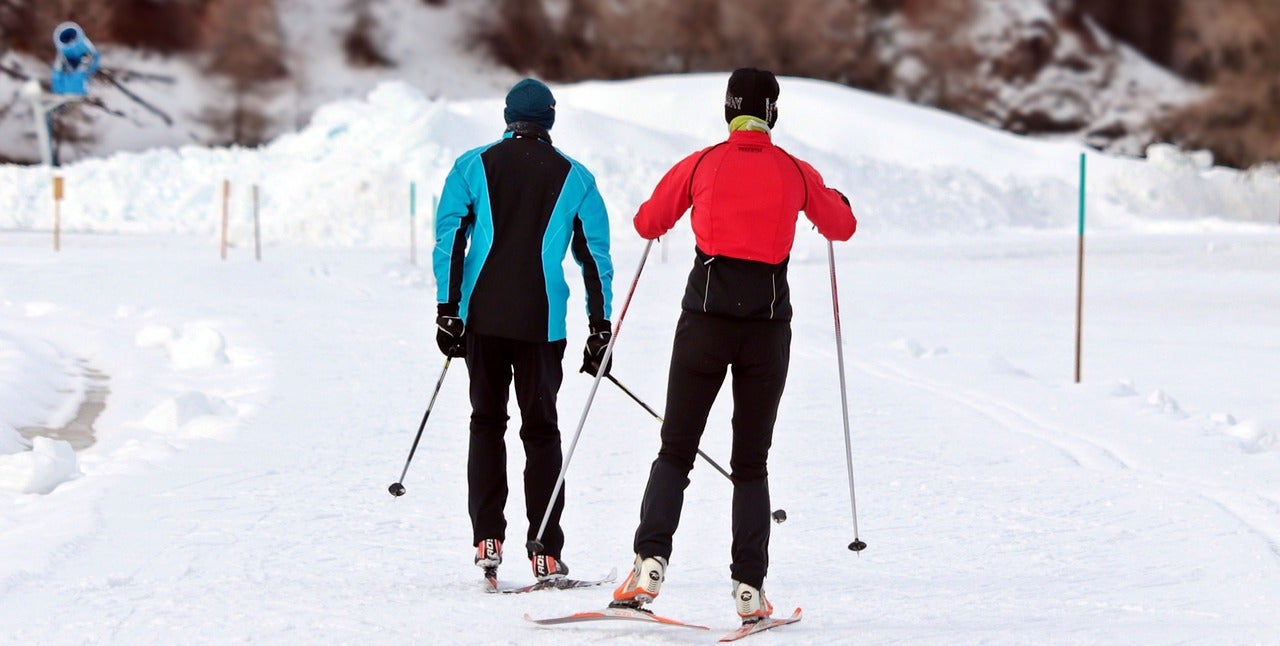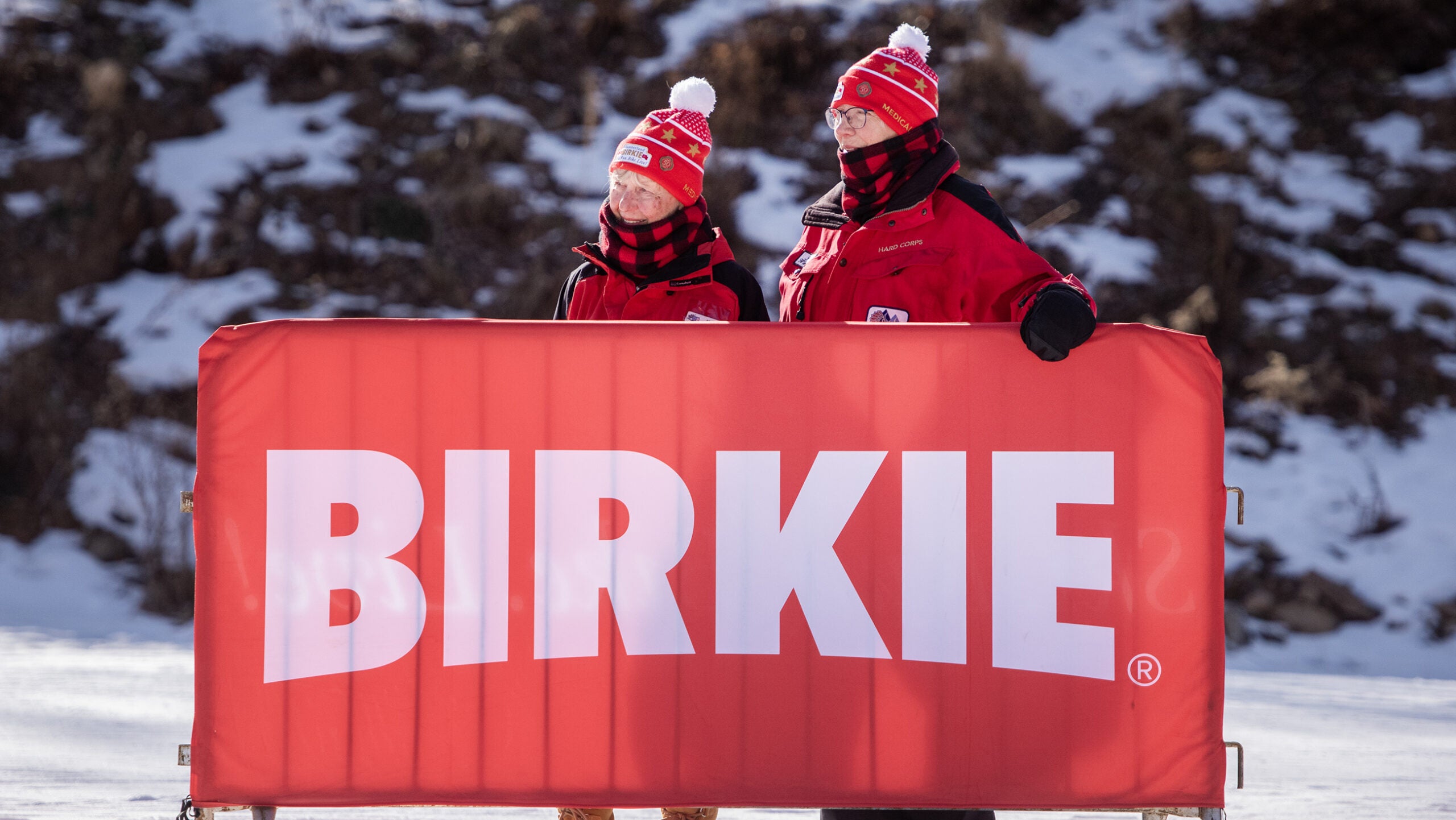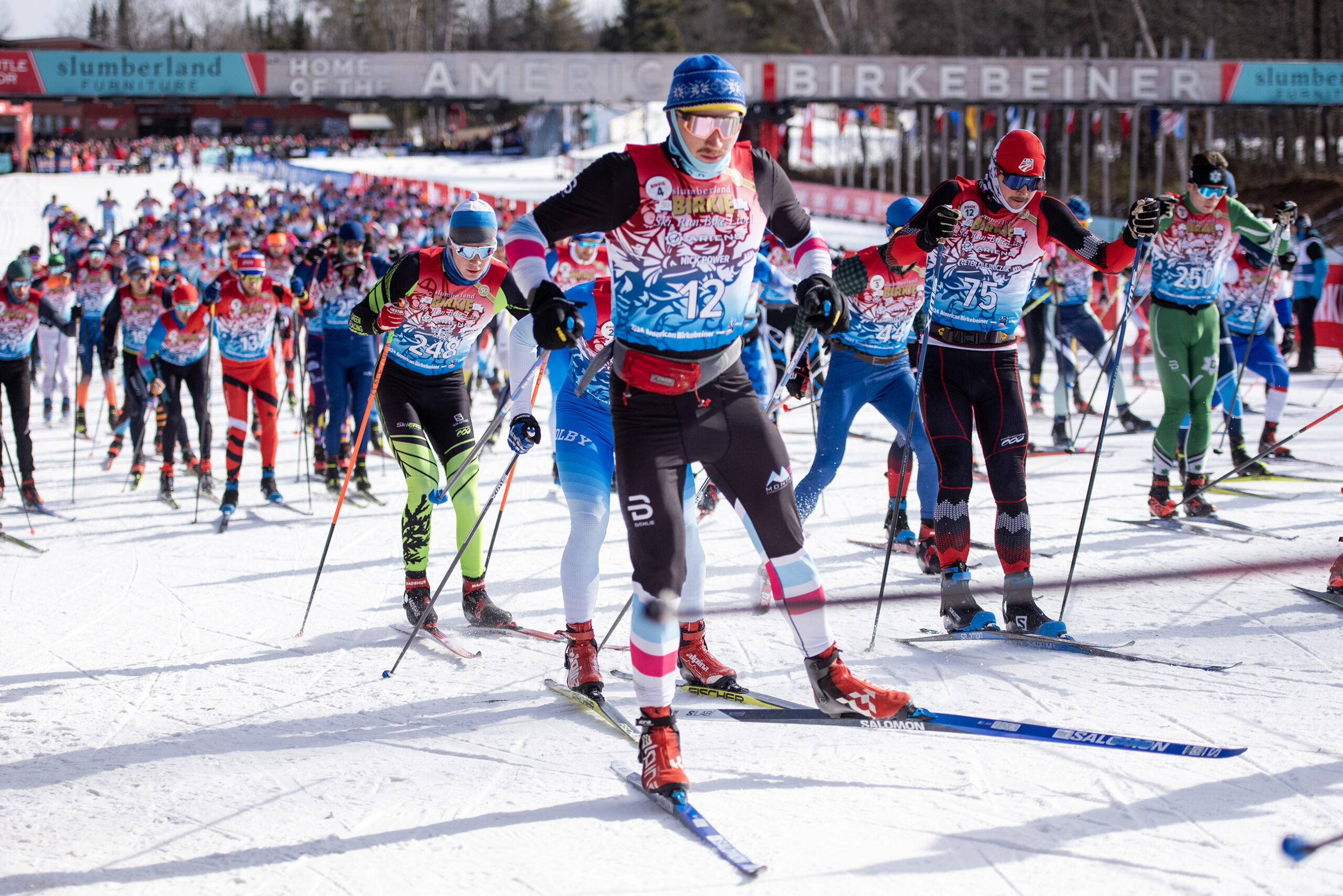In northern Wisconsin, where outdoor enthusiasts live for snow and ice, warmer than usual weather has skiers and snowmobilers turning to wheels, and race organizers breaking out snowmaking machines.
In December, weather stations in Brule, Ashland and Hayward recorded temperatures more than 12 degrees Fahrenheit above the 30-year average, according to the National Weather Service.
Kevin Huyck, meteorologist with the National Weather Service in Duluth, said those areas saw around 11 to 16 inches less snow than average for the month.
News with a little more humanity
WPR’s “Wisconsin Today” newsletter keeps you connected to the state you love without feeling overwhelmed. No paywall. No agenda. No corporate filter.
“(It’s) definitely been drier than what we’ve seen in the past as far as snowfall for this past month of December,” Huyck said.
The lack of snow threatens to upend winter activities like the 50th annual American Birkebeiner Ski Race, which contributes a roughly $20 million economic impact in the region. In February, more than 40,000 skiers and spectators are expected to take part during the week of the race, which will host World Cup athletes and three-time Olympic medalist Jessie Diggins.
Ben Popp, executive director of the American Birkebeiner Ski Foundation, said they’ve been making snow around the clock since the end of December to reopen a small stretch of trail Thursday. He said they have a plan to make snow for as much as 10 kilometers of the 50-kilometer race that runs from Cable to Hayward.
“We have some calendar dates marked that, if snow still doesn’t come, let’s start building this huge cache of snow that we can then start to build that additional trail should we need it come the end of February to ensure that the 50th anniversary of the Birkebeiner happens,” Popp said.
Snowmaking is something Birkie officials hadn’t seriously considered until they were forced to call off North America’s largest cross-country ski race in 2017. Warm weather and rain canceled the event for only the second time in its nearly 50-year run.
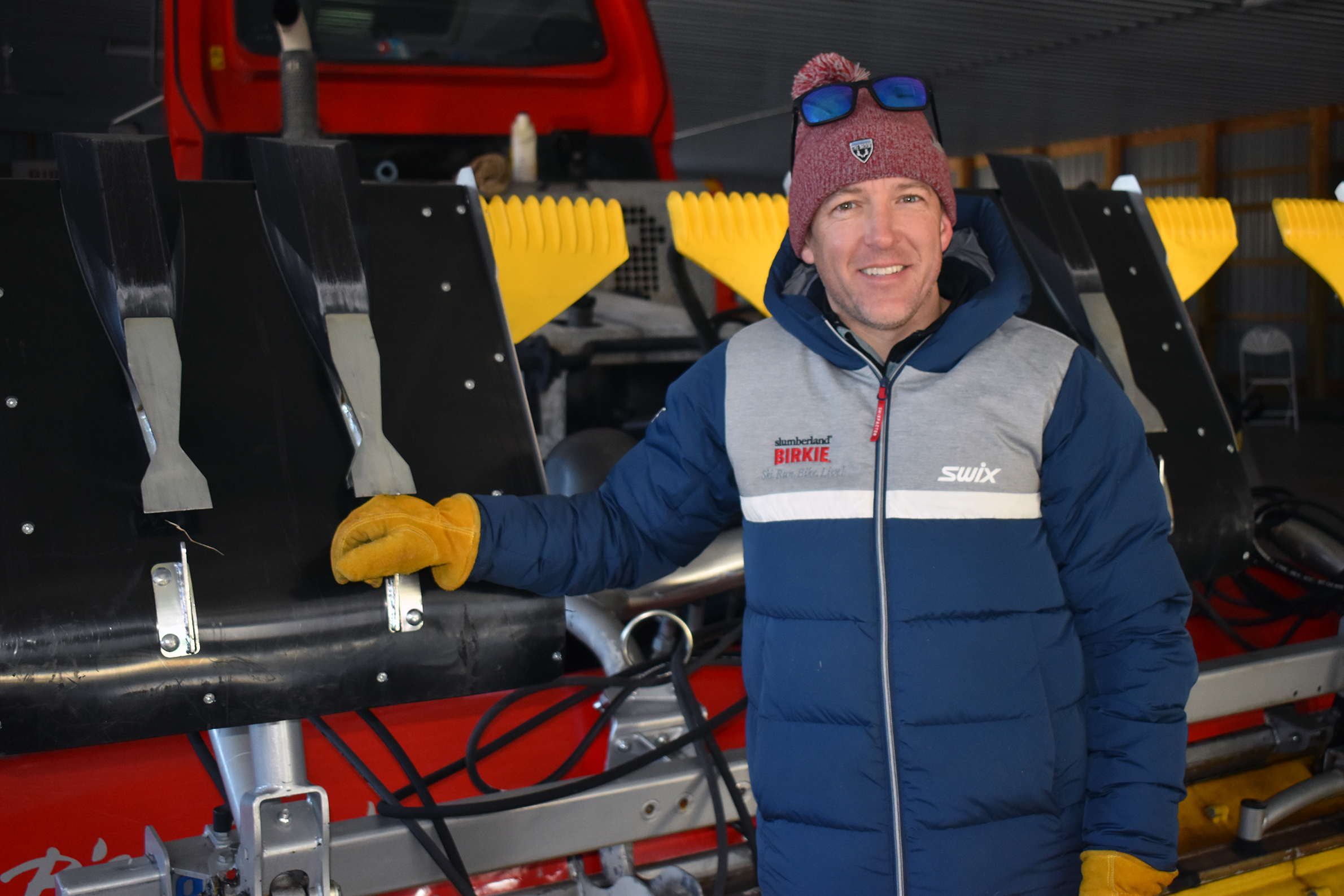
Since then, Popp said officials have spent around $600,000 on snowmaking equipment. The foundation is currently trying to raise around $10.2 million through a capital campaign. Of that, around $1.2 million would be devoted to snowmaking for the course that draws more than 100,000 skiers each year like Katie Eichten.
Eichten, a physician, has worked with the U.S. Ski Team for Junior World Championship events. She also coaches the Spooner Nordic Ski Team. She and her athletes have been rollerskiing — training on pavement with short skis equipped with wheels — due to the lack of snow.
“I love to ski. I don’t love to train, so it is discouraging,” Eichten said. “Because I want to ski. I want to be in the woods and feel that feeling and pride on the trails and just enjoying the movement and the process and the breathing and all the things that make it seem so wonderful.”
A 2021 report from the Wisconsin Initiative on Climate Change Impacts found that winter has warmed twice as fast as other seasons in Wisconsin. It also notes winter precipitation has increased 20 percent since 1950 as weather in the state has grown warmer and wetter. In the winter, precipitation is falling more frequently as rain or freezing rain rather than snow.
The lack of snow this year has been even more pronounced in Ironwood, Michigan, which is just across the border from Wisconsin’s self-proclaimed snow capital in Hurley. A station there recorded only 7.7 inches of snow in December, down 35.5 inches from the average for the month.
Iron County Forest Administrator Eric Peterson said not a single one of the county’s roughly 310 miles of snowmobile trails are open.
“The local businesses heavily rely on that, especially that week between Christmas and New Year’s for people being up and around and riding snowmobiles and frequenting the establishments and staying in hotels and things like that,” Peterson said. “This year, with the weather and no snow, that’s a big loss to them.”
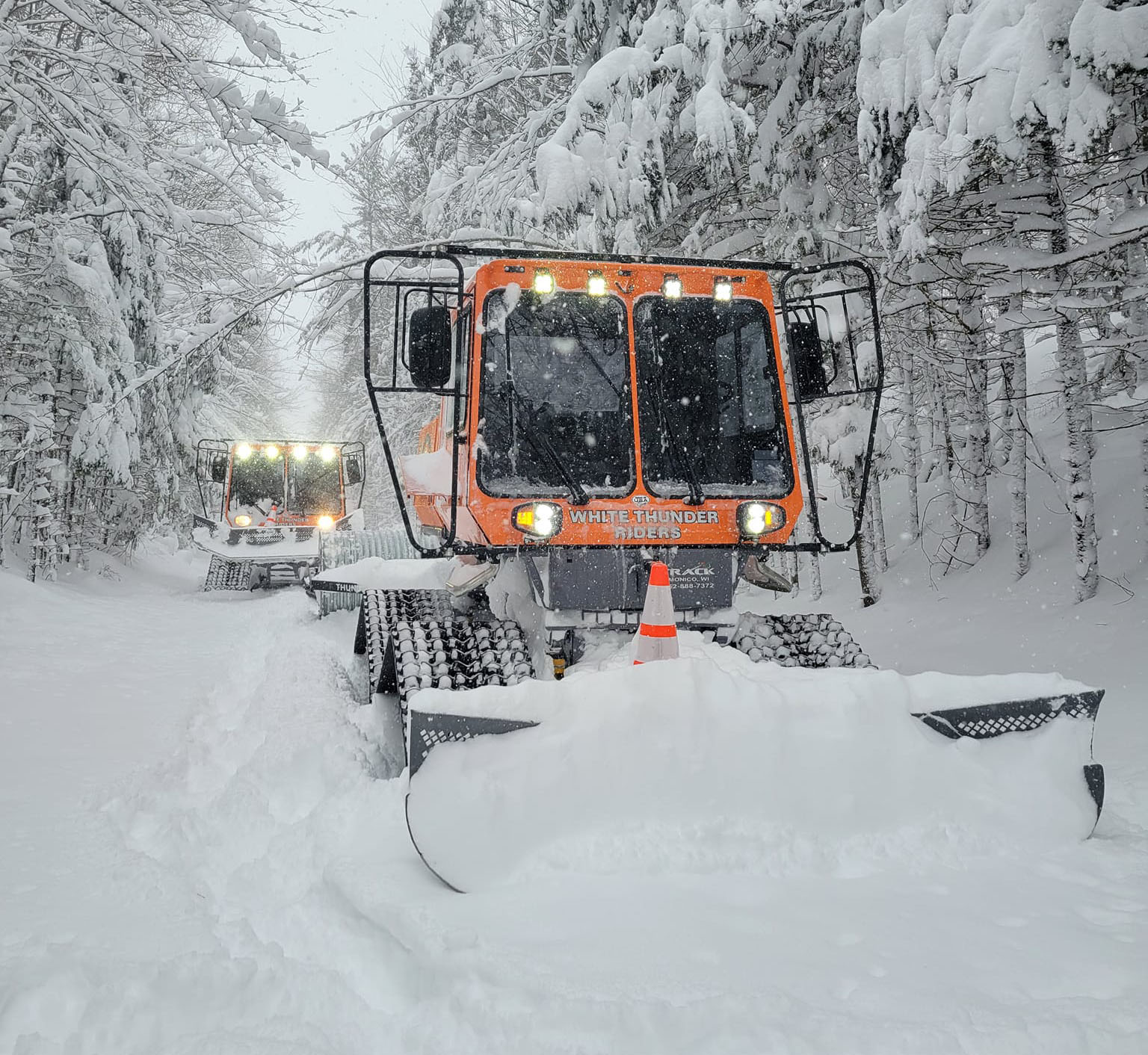
Last year, Peterson said the trails had already been open for almost a month during a winter that dropped more than 250 inches of snow on the area. The area has seen light snow recently, but there hasn’t been much for local clubs like the White Thunder Riders to maintain. Bryan Schiefelbein, the club’s trail boss, said this past December was the first year without snow on Christmas since 1931.
“Obviously, the majority of us are snowmobile riders, and it’s very concerning, very depressing.” Schiefelbein said. “We all want to get out and enjoy the trails that we work on and keep our guests coming to the area.”
Despite that, Peterson and others say plenty of people are still coming up north to use ATVs or UTVs on roads or trails. Corina Stark manages the Moose Run Motel in Tomahawk.
“They call and ask if they should bring their snowmobile or their four-wheeler,” laughed Stark.
Krystal Westfahl, who is president of the Oneida County Tourism Council, said they need it to freeze hard and fast before they can even start talking about opening around 2,000 miles of snowmobile trails in Oneida and Vilas counties.
“We’re so water dense with swamps, rivers, streams and lakes that most of our snowmobile trails cross,” Westfahl said. “We need to have a really strong freeze, which opens up tourism for all of our ice fishing.”
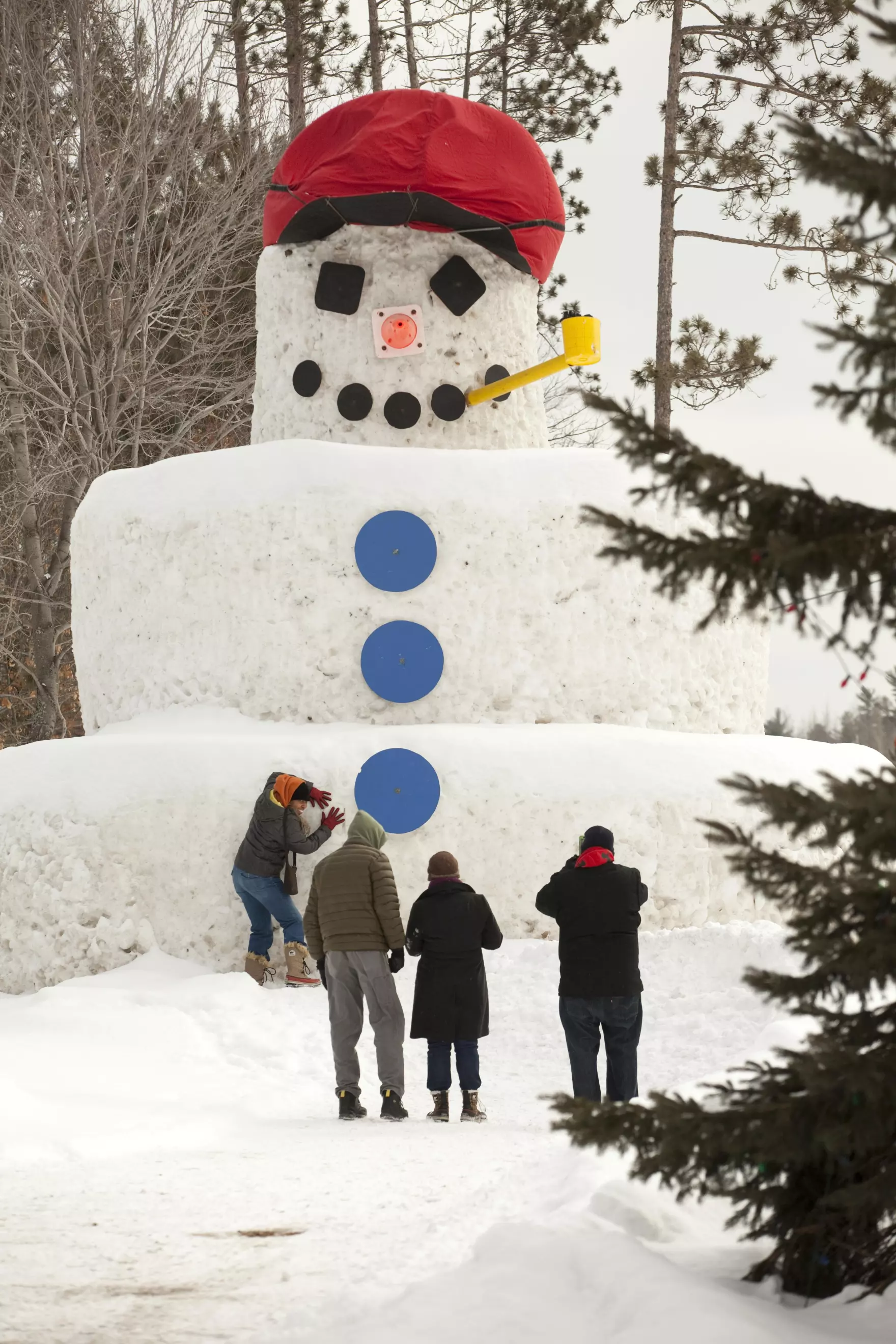
Pat Wingo, who owns Captain Hooks Fishing Adventures in Woodruff, is usually taking families out on ice fishing trips by now for walleye, northern and bass. But this year, he said he’s already had to cancel seven or eight trips due to the warmer weather and lack of ice. He doesn’t expect it to be a good season for ice fishing.
“No matter what happens, walleye fishing closes on the first Saturday in March, and then it’s just pan fishing after that,” Wingo said. “I can’t make up for lost time.”
Westfahl said the lack of snow and cold also means it’s unlikely they’ll be building a 30-foot tall snowman affectionately dubbed Snowmy Kromer, who has become a regular spectacle along Highway 51 in Minocqua.
“We’ve had a few years where we weren’t able to do that. Snow came later, and we weren’t able to put up the snowman,” Westfahl said. “But the snow always does eventually come, so we’re hopeful that it’s happening.”
Wisconsin Public Radio, © Copyright 2025, Board of Regents of the University of Wisconsin System and Wisconsin Educational Communications Board.

